Society

'Lone' women dancing during the Behen Dooj festival last October | ASWA. All rights reserved.
Law, police and ideology are all targeting those claiming social, economic and political rights in India. But groups that have big memberships and stay close to their communities are getting results.
Activism is under siege in India. The police meet protest with violence; the law has been turned against Indian activists who seek foreign support; and the government dismisses dissent, democratic resistance and even policy critique as 'anti-national'. As civil society groups shrink before this storm of repression, it seems that one form of activism is proving most resilient: mass movements with a large grassroots membership. So, what do they need to thrive?
Savitri Bai is an indigenous woman in the western state of Rajasthan and articulate leader in the 30-year-old Association of Single Women Alone (ASWA), a collective for low-income single and separated women in 11 of India's 29 states. She says they are able to sustain long-term resistance because they build political awareness continuously, through engagement in life, not through one-off projects and workshops alone.
"Most donors don't understand our work," she says. "Success for us is a strong unity among millions of single women. Or the growth in a single woman's self-confidence. It is collective power, and not our income or sewing skills, that makes us strong." ASWA can work on land rights, minimum wages and social equality, she says, even in "the fearful atmosphere today".
For the past decade and a half, the social sector in India has been more visible than ever. Initially, it was most prominent in the national effort to claim social, economic and political rights - to community land, fair wages, state transparency, and gender equality. It succeeded in getting the government to write people-friendly welfare policies.
Success for us is a strong unity among millions of single women. Or the growth in a single woman's self-confidence
Savitri Bai , ASWA
Almost as soon as such rights were protected by law, however, they were under siege. Today, civil society groups in India are struggling to prevent state and central governments from systematically eroding legal entitlements.
They're having to do this while fighting for their own survival. The police in most parts of the country have turned hostile to community action. They refuse permission for demonstrations, like they did until the very last moment in Delhi when almost 100,000 farmers from across the country marched to demand equitable agricultural policies. They beat and shoot demonstrators, like they did in south India's Thoothukudi district when they fired at over 20,000 people protesting against alleged pollution by a copper factory, killing 13. Battles for fair income, land entitlement and access to water are becoming harder than ever to wage in rural areas, so farmers, fisherfolk, women and indigenous groups are marching by the thousand from their villages to cities like Delhi and Mumbai. The stronger they rise, the harder they are beaten back. Dozens of activists, especially those working with marginalised groups like indigenous communities, Dalits, manual labourers, and victims of religious violence have been arrested on charges of acting against the state.
The effect is a clear crackdown on those challenging the state
The deepest blow of all has been to funding. The government has weaponised an old law that seeks to monitor the flow of foreign exchange for public-interest work by getting local non-governmental organisations (NGOs) to apply for licences to receive funds from international donors. The draconian law was passed during India's Emergency in the 1970s, to prevent political meddling by foreign players. Today, it has been dusted off to put dozens of major international donors like Compassion International, HIVOS Netherlands and Greenpeace International, which have been a dominant source of social funding in India, on a national security watchlist. Thousands of applications from Indian NGOs for licences or renewals are being rejected. In the four years up to 2017-18, foreign funding has plunged 40%.
Government officials claim that the legal tightening is to weed out corrupt outfits and those that do not file their returns. The effect, however, is a clear crackdown on those challenging the state on issues from ecological conservation, religious equality and the rights of indigenous communities, to disability rights and animal cruelty.
Meanwhile, the new state narrative that defines protest or criticism as unpatriotic has dented the perception of NGOs within the country and, in turn, their ability to raise funds domestically. As the crackdown has grown and the funds have dried up, it has left much of Indian civil society distracted from fieldwork, fearful of legal fees and rudderless.
Weathering the storm at the grass roots
This hostile environment means that the strongest, most secure and effective groups are mass membership-based collectives - called sangathans in Hindi. These are movements with many members, built through grassroots mobilising, most often among low-income individuals from some of the most marginalised communities in the remotest parts of the Indian countryside. Ironically, they seem best able to withstand the assault on human rights work because they can spread their risk across thousands of members. They have strong local leaders from within the community, working on meagre honorariums and tiny membership fees, with skeletal staff and small administrative costs.
The donor has to be in it for the long haul - one-time projects or intermittent funding won't cut it
Seema Nair, consultant
Moreover, by working at the grass roots, they have created political awareness in communities that is not attached to time-bound projects or programmes alone. These groups face personal financial difficulties and the might of the state too, but are able to bounce back.
Seema Nair, consultant for South Asia at the Fund for Global Human Rights, which supports many mass movements in the region, explains that the Fund's work requires "an acute understanding of power and power struggles... The donor has to be in it for the long haul - one-time projects or intermittent funding won't cut it."
The funding framework of most agencies is linear - continued funding depends on continued success - but the reality of mass movements is more complex. "For every ten steps forward, things might move, say, four steps backward." Staying with a movement for decades, as the Fund has with ASWA, means seeing it grow not only in number, scale, reach and impact, but also in evolving the members' understanding of their own mission.
Women alone
Ekal Nari Shakti Sangathan, as ASWA is locally known, started with defining 'women alone' as abandoned or widowed women, who are often ostracised in Indian society. The collective slowly included unmarried women, then separated and divorced women. Once ASWA knew who it spoke for, it was able to push the Indian government to count single women as a similarly defined category in the census. According to the latest census of 2011, there are over 60 million such women in India. Now, when they demand social security benefits like pensions, maintenance amounts for children and implementation of land and property rights, it will apply to this whole group.
Building the collective from the ground up has also helped the women see that restrictive social customs - which include limits on remarriage, the codes on colours that widows can wear, the barrage of unwanted sexual advances and the perception of unmarried women as 'loose' - all emanate from the institution of patriarchy, says Ginny Srivastava of the Rajasthan-based NGO Aastha Sansthan, which is a founder member of ASWA.
Close to home
While ASWA works in 11 states and focuses on the issue of single women's rights, other collectives work on a clutch of issues in more limited regions.
The job of collectives is not to set up schools - that's a short-term solution that cannot reproduce itself
Paulomee Mistry, director, Disha
Disha, an Ahmedabad-based NGO, focuses on only seven tribal districts in the western state of Gujarat, but covers a variety of issues with which the predominantly indigenous population in the area battle. Established in 1985 to challenge the everyday tyranny of forest department officials over tribal people in the region, Disha has since built dozens of community-based collectives, each focused on a different question: land rights, access to forest and community land, fair labour and minimum wages, access to water, child rights and youth leadership.
"Community-based organisations empower the poor to participate in mainstream political and economic processes," says Paulomee Mistry, director of Disha. "Collectives are social institutions. Their job is not to set up schools - that's a short-term solution that cannot reproduce itself. They make a tribal person able to pressurise a district official to set up a school in the tribal village."
Today, Disha works in 1301 villages, and has over 500,000 members. Over 85% of its staff is tribal, and members pay an affordable annual membership fee of 50 rupees (73¢). The collective is well-known in Gujarat for its massive rallies, long marches and non-violent protests. It has helped transfer over 125,000 hectares of land to more than 68,000 indigenous cultivators, and played a crucial role in the enactment of a forest rights law in 2006. Since nine out of 10 families in their region migrate for work, the collective focussed on building its bargaining power to raise minimum wages for labour in Gujarat. It has successfully protested and negotiated for government-funded construction work to hire local workers and to build assets like wells and canals to help the community. It has also persuaded state exhibitions to hire local craftsmen.
What donors need to know
"Funding agencies must understand how human agency is built, and how leadership comes from the strong motivational force of peers," says Ginny Srivastava. "It takes time, patience and community, and it is not linear."
"Our human resource is our asset," says Paulomee Mistry. Disha's rallies are funded by the community: people bring food from their farms, families cook, local shops pledge rice and lentils, members travel themselves in buses and bullock carts, and Disha may pay only to print pamphlets. "We don't need much money, just about a million rupees [about $15,000] a year to pay some staff, half of which comes from membership fees," she adds. "For the rest, we do need donors. But it must be a long-term commitment: they must understand the rhythms of our work" Disha has had a relationship with the Fund for over 12 years. "Through it all, we got to decide our own priorities. It has been a balance between a hands-off trust and readiness to aid us where we are weak," says Mistry.
The community leader will always prioritise the case of domestic violence or sexual harassment over the monthly expenses report - as she should
Seema Nair, consultant
Leaders in collectives like Disha and the ASWA are politically aware and engaged individuals, knowledgeable about their region and community, but they are also members of communities that have struggled to get to education, health and stable employment. Save a few youngsters, says Mistry, few of Disha's leaders are skilled in documentation or maintaining a website. In ASWA, many women are unlettered, and can't keep accounts books.
"The community leader will always prioritise the case of domestic violence or sexual harassment over the monthly expenses report - as she should," says the Fund's Nair. This does not diminish them or their work. "Mass movements can't afford graduates in social work. The donor might then talk about what is the 'capacity lack', what sort of talent they need. You may focus on helping them strategise building their second-line leadership, or maybe it's research they need before they challenge policy. There is no formula - donors have to be as flexible and responsive as the members need." Nair, for instance, worked with ASWA to build continuity and choose top leaders through elections. She says she knew that the women had truly internalised the democratic process when the collective held meetings for its members, most of whom had never given much thought to voting, on how to evaluate and choose a good leader.
Mass movements might be the most resilient answer to state hostility to those seeking their rights, but they need funders and supporters who understand how they function. To effect sustainable change through the united strength of grassroots movements, donors must see themselves not as financiers, owners or strategists, but as allies of the collective.
Rohini Mohan is an independent journalist reporting on human rights and development issues in South Asia. She is the author of 'The Seasons of Trouble: Life amid the ruins of Sri Lanka's civil war' (Verso, 2014). She is based in Bengaluru, India.







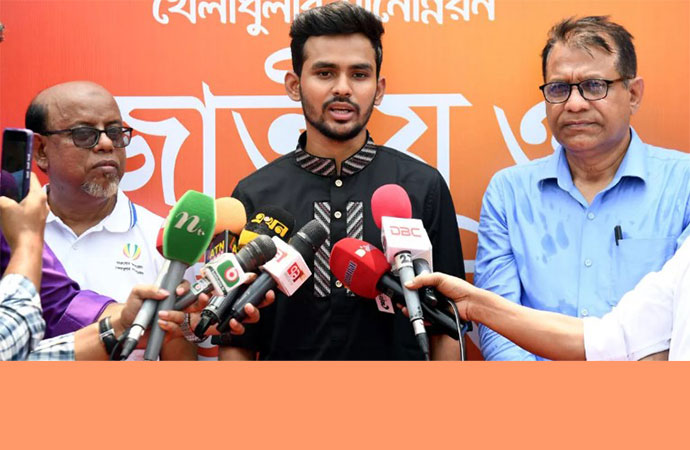
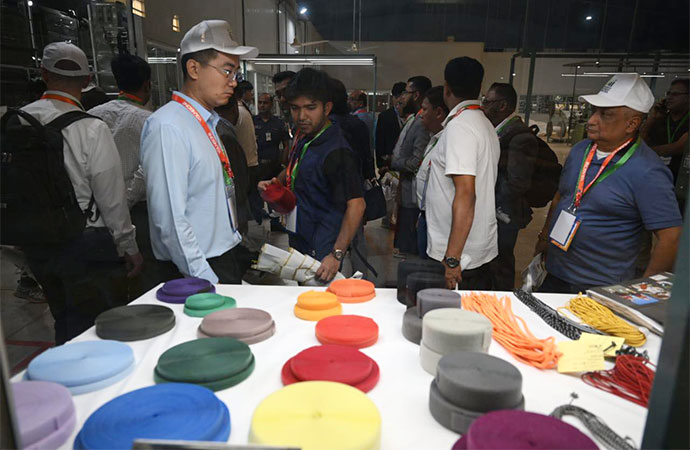

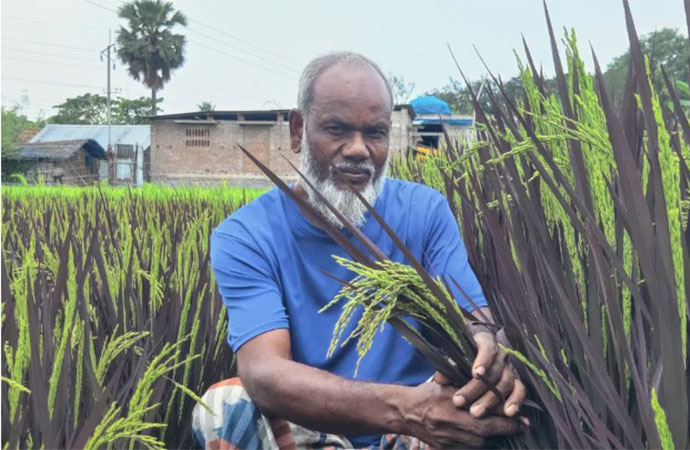








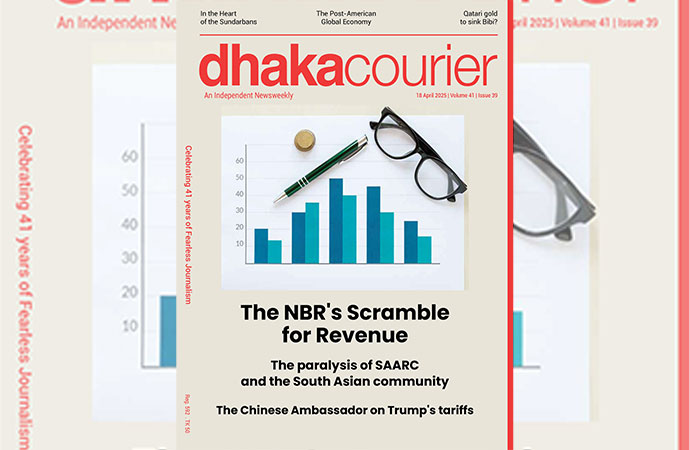
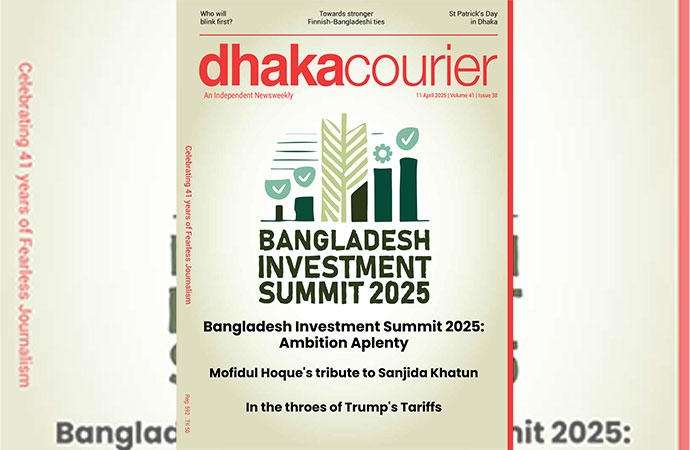
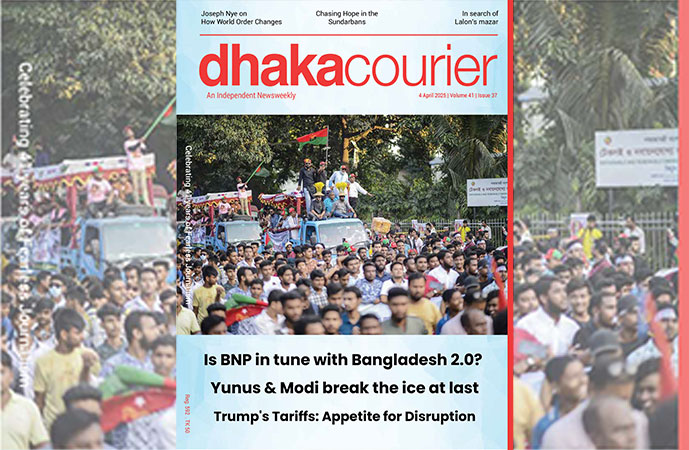
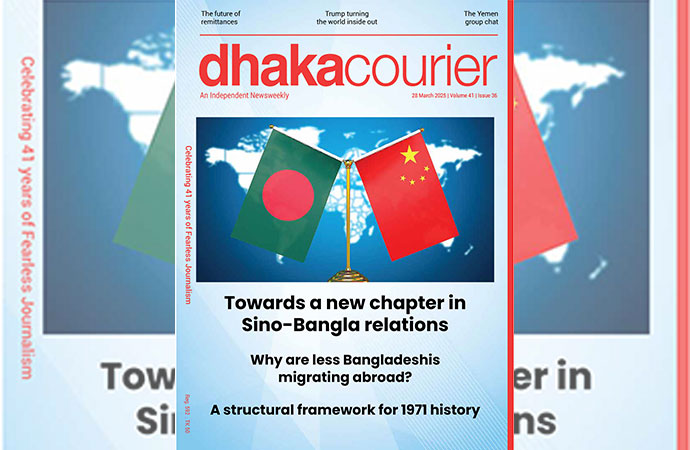
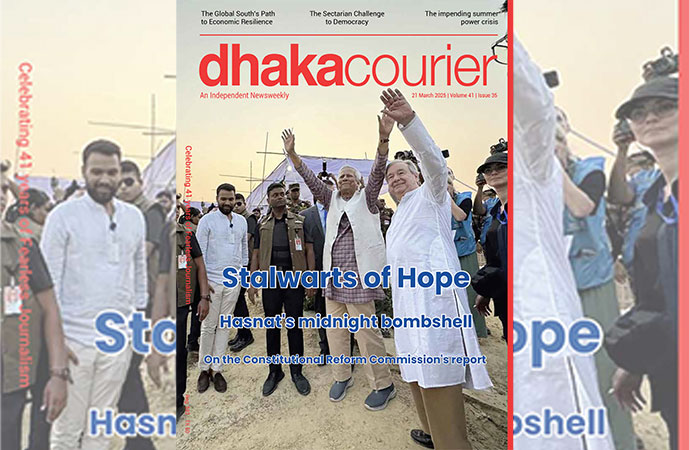
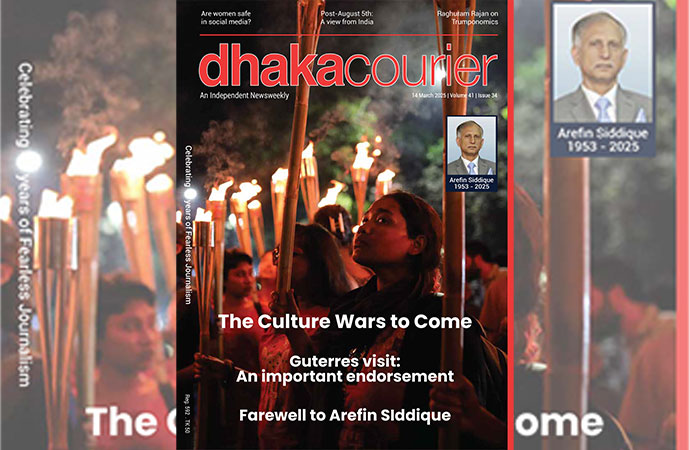
Leave a Comment
Recent Posts
A Dangerous Moment
It was the worst terrorist attack to hit Kashmir in 25 years by one ac ...
The interim government decided ...
The interim government decided to relieve the Vice Chancellor of the K ...
Qatar Foundation to support development of facilitie ..
Qatar agrees to work on technical details for propos ..
Prof Yunus seeks greater Qatari investment, offers e ..
The Battle for Bangladesh’s soul